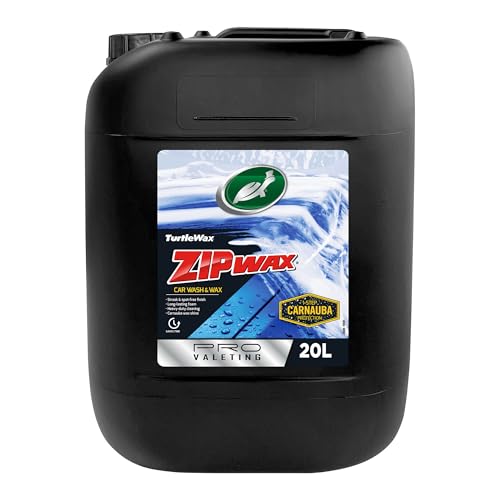



Cleaning services for commercial exhaust systems typically range from £100 to £400, depending on the complexity, size, and location of the installation. Basic jobs might fall on the lower end of this scale, while more intricate or larger setups often require higher investment. Analyzing your requirements carefully can lead to more accurate budgeting.
Frequent inspections and maintenance can reduce long-term costs. Establish a cleaning schedule based on your specific usage and type of cuisine prepared. For instance, establishments using heavy frying techniques may benefit from more regular upkeep, thus avoiding expensive deep cleaning sessions later on.
Consider competitive pricing when assessing providers. Quotes can vary substantially, so obtaining multiple estimates proves vital. Ensure that providers detail the services included in their offers; some may feature additional treatments or inspections, which can add value to your selection.
Average Pricing Structure for Ventilation Cleaning
The cost associated with the maintenance of exhaust systems greatly varies based on several key factors:
- Size of the System: Smaller setups typically incur lower expenses, ranging from £150 to £300, while extensive systems may demand £500 or more.
- Type of Cleaning Required: Basic interior cleaning might cost £100 to £200, while a full deep clean, including ductwork, can escalate to £400 or higher.
- Frequency of Service: Annual contracts often secure discounts; customers might pay £300 to £800 for regular maintenance across the year, while one-off cleanings often cost more on a per-service basis.
- Accessibility: Locations that are difficult to reach may see increased rates. Services requiring scaffolding or special tools may add an additional £100 to £300.
- Region: Variability in pricing can occur by location. Urban areas generally exhibit higher rates due to increased overhead costs, while rural settings might offer more competitive pricing.
For specific scenarios, a baseline figure around £250 for a standard restaurant system is common. Always request detailed estimates, comparing multiple quotes to ensure fair pricing.
Taking these aspects into account will help in budgeting and planning for your cleaning needs effectively.
Factors Influencing Cost of Pressure Washing Services
Several elements determine the pricing of external cleaning services, particularly in specialised settings like kitchens and dining facilities.
Size and Complexity of the System
- The larger the grease extraction systems, the more labour hours required for a thorough job.
- Complex ductwork or extensive systems can increase the difficulty and time needed for effective cleaning.
Level of Contamination
- Heavy build-up of grease and grime necessitates additional time and resources, increasing overall costs.
- Older systems may require more intensive treatment, adding to the expense.
Geographic Location
- Prices may vary based on the region; metropolitan areas often see higher rates than rural locations.
- Local competition and demand can also influence service costs.
Access and Safety Measures
- Difficulty accessing equipment can lead to higher labour costs due to extra precautions or equipment needed.
- Safety compliance and additional protective gear may also escalate expenses.
Equipment Used
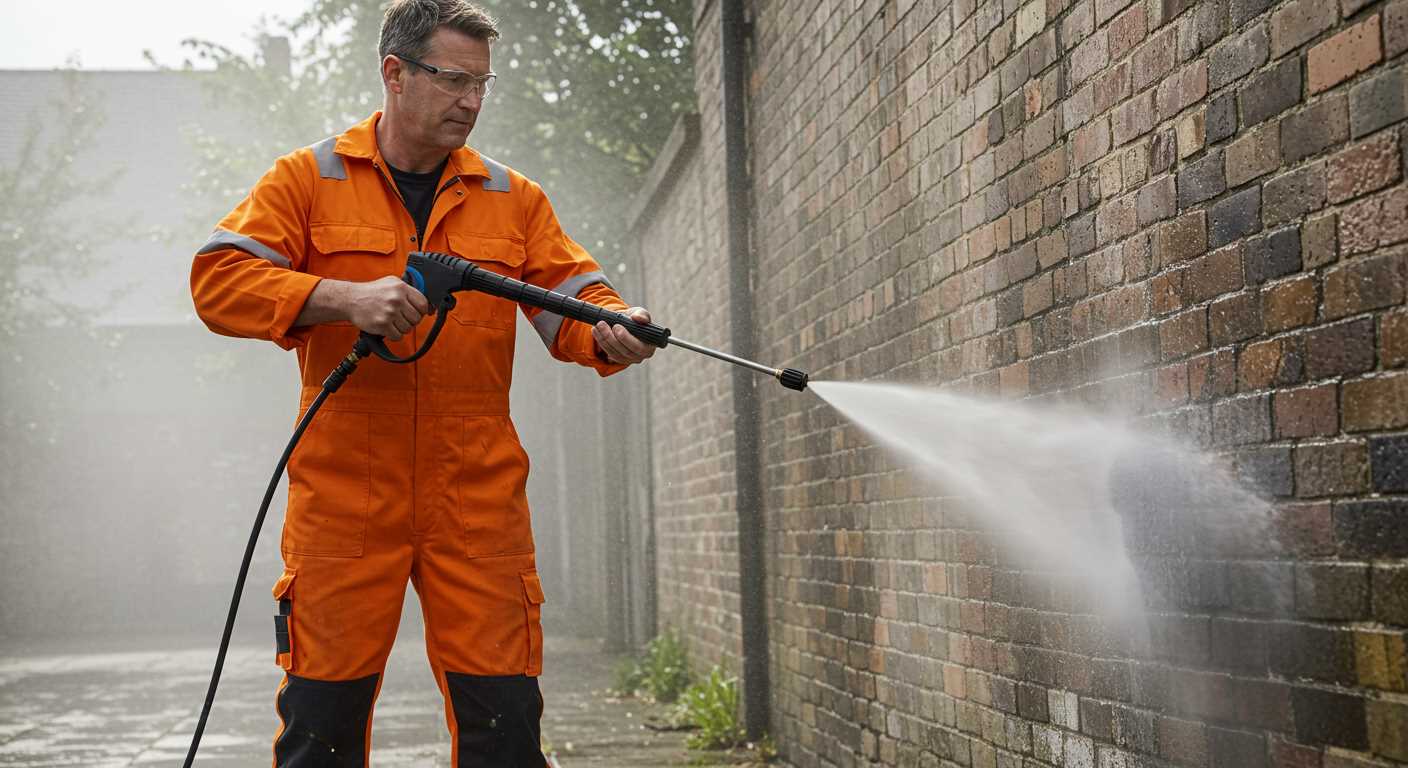
- The type of machinery employed will affect the overall pricing; advanced units tend to command higher service fees.
- Efficiency and quality of cleaning can justify the price of more sophisticated equipment.
Frequency of Service
- Regular maintenance contracts can result in lower per-service rates compared to one-off cleans.
- Clients who commit to scheduled services often benefit from discounts.
Comparative Analysis of Pricing Among Local Providers
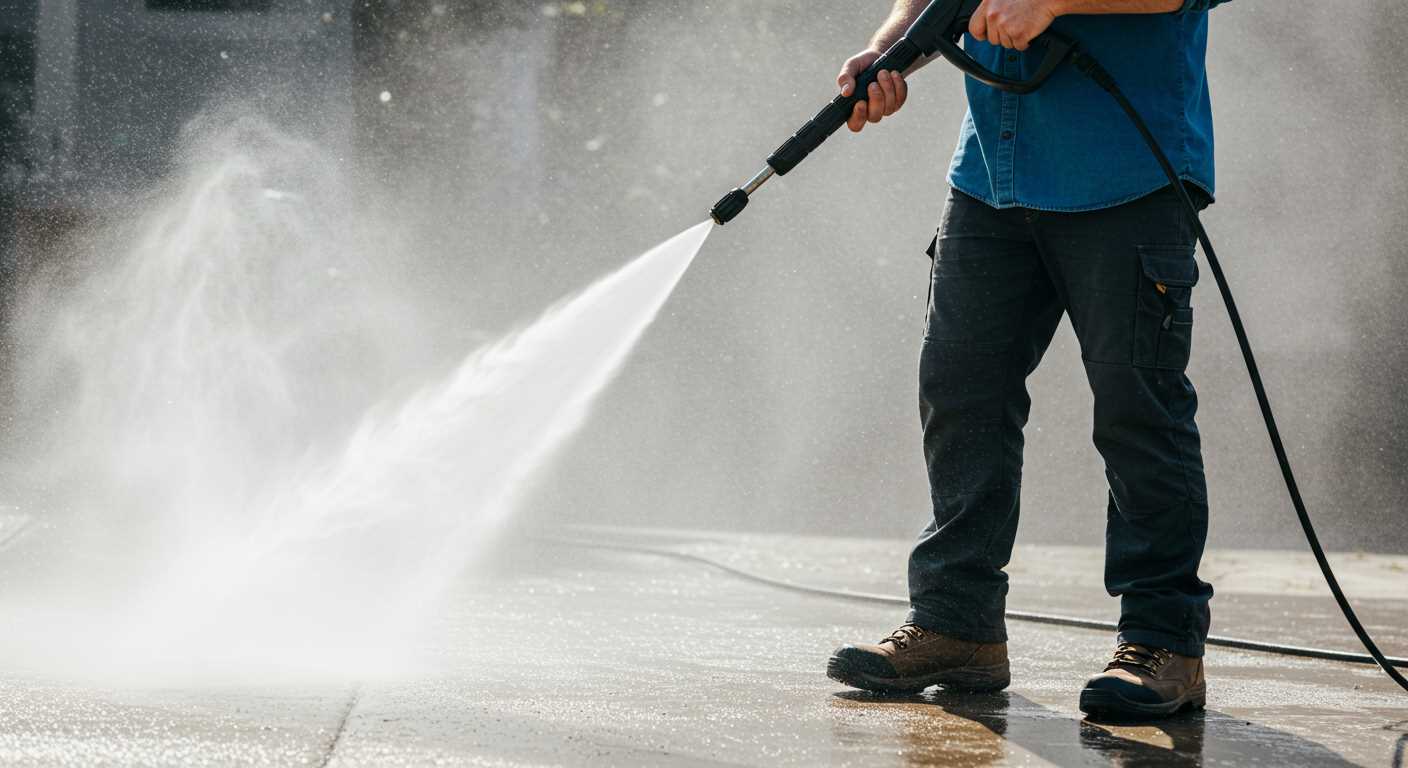
Upon evaluating multiple service providers in our region, I found that the range for cleaning kitchen exhaust systems varies considerably. Typical costs fall between £100 and £500, primarily influenced by the size and complexity of the job. For smaller establishments, providers often quote around £150, while larger operations may see charges in excess of £400 due to additional labour and equipment needs.
In terms of competitive assessment, companies often bundle services, such as combining deep cleaning with routine maintenance, that can offer cost savings. Some local firms provide promotional rates for first-time customers or ongoing contracts, which can significantly impact total expenditure over time.
Interestingly, I observed a correlation between customer reviews and pricing. Higher-priced services frequently received more positive feedback describing thorough inspections and meticulous cleaning. Providers charging nearer the top of the spectrum often included guarantees or follow-up services, adding perceived value to their offerings.
Looking specifically at geographic differences, urban centres generally have elevated pricing structures compared to rural areas. This is attributed to increased operational costs and demand. Before making a decision, it’s prudent to compare not just costs but also what specific services you are receiving for those prices, ensuring clarity regarding included tasks and expected outcomes.
Researching and accessing consumer feedback platforms can yield excellent insight into which companies maintain consistent quality while balancing their pricing structures effectively. By evaluating both cost and service quality, you will better navigate the available options.
Understanding the Scope of Ventilation Cleaning Services
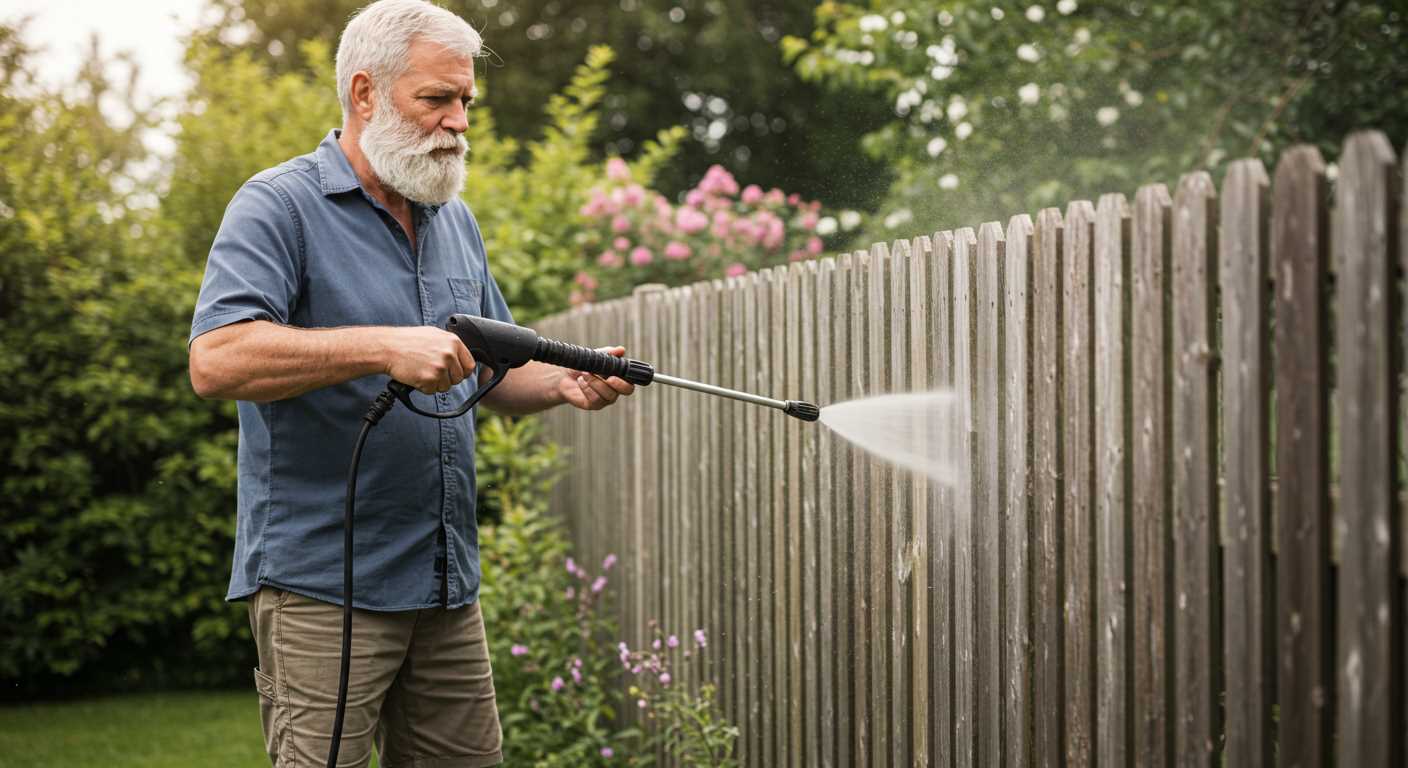
Identifying the specific tasks involved is paramount when assessing air duct maintenance. This encompasses deep cleansing of interior surfaces, removal of accumulated grease, and thorough sanitisation to prevent pest infestation and odour issues.
Regular assessments of the exhaust systems must be included. This involves inspecting fans, filters, and ductwork to determine their condition. Malfunctioning components or inadequate airflow can lead to inefficiency, increasing operating costs over time.
Utilising a variety of tools is common practice in the industry. Techniques like rotary brush cleaning, vacuum extraction, and chemical treatments may be applied based on the level of grime and bacteria. Each method serves a unique purpose; therefore, understanding these differences allows for proper planning and budgeting.
Frequency of service depends largely on usage levels. High-volume kitchens require more frequent interventions compared to those operating at a lower capacity. Implementing a proactive maintenance schedule can save significant costs by preventing major issues.
Clear communication with service providers about expectations and specific needs will lead to optimal results. A well-defined scope of work should be agreed upon, ensuring all parties understand the necessary tasks and anticipated outcomes.
Following up on post-cleaning evaluations is advisable. This allows for feedback on the effectiveness of the service and ensures adherence to health and safety standards. Establishing a long-term relationship with a reliable provider can further enhance operational efficiency and safety compliance.
Hidden Costs to Anticipate in Pressure Washing Quotes
Expect additional expenses that might not be included in initial estimates. It’s wise to ask potential contractors directly about what might be factored into the final bill. Common hidden costs to be aware of include travel fees, disposal of waste, and equipment surcharges.
Travel charges can crop up if the service provider is located far from your establishment, especially if they incur fuel or time costs. Always clarify if these are included in the initial quote or if they are additional outlays.
Disposal fees for cleaning materials and debris often supplement the standard service charge. Providers usually require specific methods for handling waste, and this can reflect in the final bill. Ensure you confirm how waste management is addressed.
Keep an eye on equipment surcharges that may apply depending on the level of cleaning required. The usage of specialised tools for stubborn grime or grease could lead to a price increase not initially outlined.
Lastly, consider whether any post-cleaning maintenance will be recommended. This might not be immediately apparent in quotes, but follow-up services could arise after an extensive clean, increasing your overall investment.
| Cost Type | Description | Potential Amount |
|---|---|---|
| Travel Fees | Charges based on the distance from the contractor’s location | £20 – £100 |
| Waste Disposal | Costs incurred from the removal of cleaning debris | £50 – £150 |
| Equipment Surcharges | Additional fees for using specialised cleaning tools | £30 – £200 |
| Follow-Up Maintenance | Potential recommendations for ongoing service | Varies widely |
Overall, by understanding and anticipating these additional costs, you can better prepare your budget and avoid surprises down the line. Always request detailed quotes that clearly outline inclusions and exclusions for complete transparency.
Frequency of Cleaning and Its Impact on Overall Expenses
Regular maintenance of kitchen exhaust systems significantly reduces long-term costs. Scheduling cleanings every three to six months is advisable to prevent grease buildup, which can lead to fire hazards and the need for extensive repairs. Establishing a routine not only keeps systems compliant with health regulations but also optimises performance, leading to energy savings.
Short-term vs. Long-term Costs
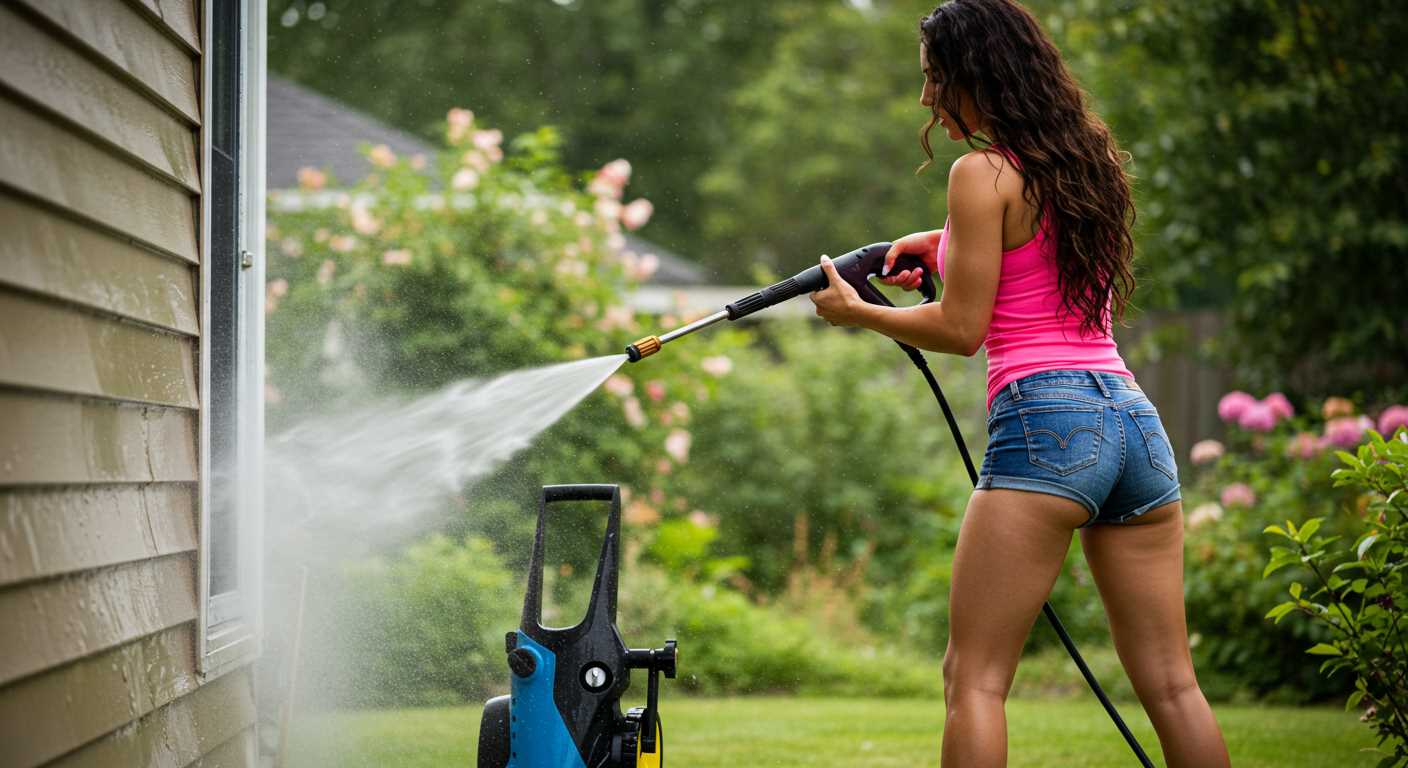
While frequent services may seem costly in the short term, investing in regular upkeep pays off by extending the lifespan of equipment and minimising emergency interventions. Facilities neglecting this routine often face spikes in expenses due to unscheduled cleanings, equipment failure, or potential fines from regulatory agencies.
Targeting Peak Usage Times
Aligning cleaning schedules with peak operational periods enhances efficiency. For establishments experiencing high customer volume, planning maintenance during quieter hours mitigates disruptions, allowing for smoother operations and accurate budgeting for services. Assessing usage patterns can inform how frequently cleaning should occur, ensuring a balance between operational continuity and cost-effectiveness.
Cost-Saving Tips for Restaurant Owners on Ventilation Maintenance
Regular inspections play a key role in extending the lifespan of your exhaust systems. Scheduling these checks quarterly enables early detection of potential issues, thus reducing repair costs down the line.
Implement a DIY cleaning protocol using simple tools like brushes and vacuums for routine upkeep between professional services. This practice can save money on frequent deep cleanings.
Establish a preventative maintenance agreement with your cleaning provider. Locked-in pricing can protect from unexpected rate hikes and allows for budget planning.
Invest in high-quality filters and ensure they are replaced regularly. Optimised filtration reduces grease buildup within ducts, thus minimising the frequency of professional interventions.
Engage staff in training sessions on proper cooking techniques to minimise excess smoke and grease, subsequently lowering the need for intensive cleaning efforts.
Compare service providers to distinguish between comprehensive offerings and those with hidden fees. A clear understanding of what each package includes can help prevent unexpected expenses.
Consider additional paths to enhance cleanliness, such as grease traps, which can reduce the debris entering the ventilation. Maintaining these systems can ultimately lower cleaning costs.
Promote awareness around the importance of effective ventilation among your team. An informed staff can assist in identifying issues before they escalate, thereby minimising associated costs.
Budget for annual cleaning during slower operational months. Scheduling during off-peak times not only reduces stress on your operations but may also afford discounts from service providers.



